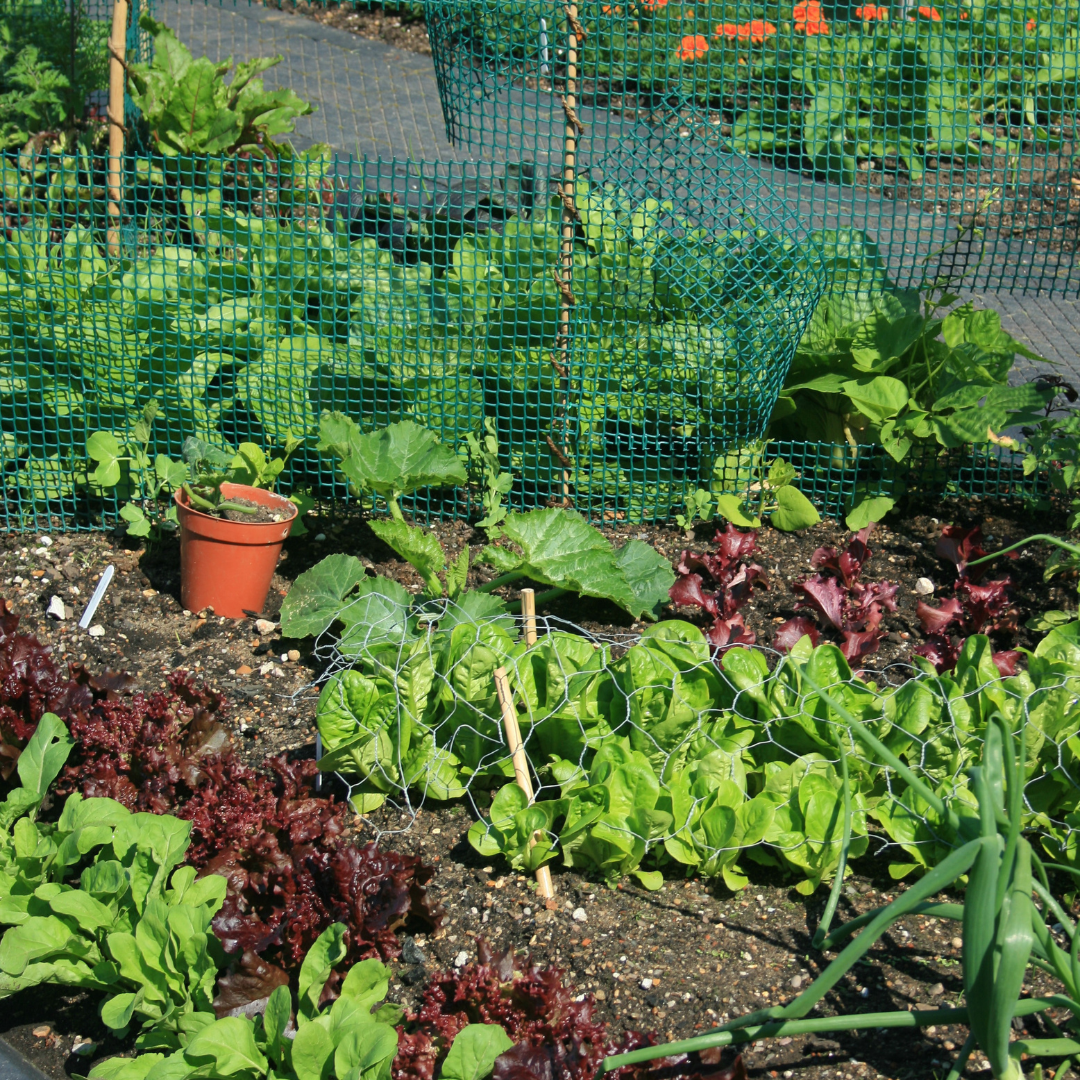Gardening and cooking are two of the most popular hobbies on the internet. You’ll find gardening blogs, gardening websites, blogs about cooking, gardening blogs about cooking, and so on. However, the majority of these blogs will not talk about the benefits of growing your vegetables. Instead, they’ll talk about gardening in general, the best gardening tools, how to cultivate the best fruit, and whether or not you should use fertilizer.
While most of us are familiar with the concept of growing a vegetable garden to enjoy fresh herbs, leaves, and fruits throughout the year, most of us are unaware of the immense potential for growing our vegetables.
The slogan “grow your own veg” locks in all the traditional expectations of what you can do to grow food. It is a bit funny that this is a marketing slogan, as it implies that you can grow your food, but many places encourage you to grow it yourself.
Often, the easiest way to get fresh, organic veggies is to buy them from your local grocery store. But sometimes, you just want to start growing some of your own. With that in mind, let’s look at some of the many ways you can grow your veggies without a garden-and make some money as you do.
Vegetables are growing in popularity, but the options for growing fresh produce at home are limited. Some people have tried growing their food, but not everyone has the space, the climate, or the know-how to do so.
Gardening is all the rage these days, and growing your veggies from seeds is something a lot of people would love to do, but it can be a daunting task, especially for beginners. The good news is that there are some great DIY gardeners online who are willing to share their tips and tricks, so you can get started growing your veggies from seeds, even if you have no prior experience.
Let’s proceed to this, Can you grow your vegetables?
Whether you are a professional gardener or a weekend hobbyist, you can grow your vegetables! It’s amazing to see the number of people who grow their vegetables. Most don’t know where to start and end up with a small amount of produce. Others have a full garden but lack the knowledge to use it properly. The idea of growing your vegetables is not as difficult as it might seem. There are a few things to remember if you are going to start growing your vegetables. You heard it right. You can grow your vegetables, and it is seriously not as hard as it sounds. All you need is a little bit of space and some ambition. You can grow just about anything-from tomatoes to peppers, melons to leafy greens, and even herbs. You don’t need to be an expert gardener to do it either. All you need is a little bit of enthusiasm and hard work. And maybe some help from a lawn care and maintenance company! You know, so they can even out the grass and make space for your vegetable garden…while you tend to your fresh veggies, they can keep your lawn in proper shape.
We’ve all seen the signs at the grocery store and the farmer’s market – organic vegetables, they’re the greenest, freshest, tastiest way to get your veggies.
But how do you plant your veggies? Here’s how:
Growing vegetables at home is a fulfilling and sustainable practice that allows you to savor the flavors of freshly harvested produce right from your own garden. You can create a thriving vegetable garden by following these comprehensive steps:
Location, Location, Location: The first step in vegetable gardening is selecting the right location for your garden. Most vegetables require a minimum of 6-8 hours of direct sunlight daily, so choose a spot with ample sun exposure. Ensure that the area has well-draining soil to prevent waterlogged roots. Consider factors like proximity to a water source and protection from strong winds when picking your garden spot.
Plan Your Garden Layout: Before you dive into planting, it’s a good idea to carefully plan out your garden layout. Take into account the available space and the specific vegetables you intend to grow. Next, map out the pathways that will lead you through your garden. You can then share this layout with a walkways construction company, like Spokane Concrete Co, so they can help bring your vision to life by building the pathways across your garden.
Select Your Vegetables: Choosing the right vegetables to grow depends on your climate, growing space, and personal preferences. If you’re new to gardening, start with easy-to-grow varieties like tomatoes, peppers, lettuce, and zucchini. Consult local gardening resources or your agricultural extension service for advice on the best vegetable varieties for your region.
Prepare the Soil: The foundation of a successful vegetable garden is healthy soil. Prepare your garden bed by amending the soil with organic matter like compost or well-rotted manure. This enriches the soil with essential nutrients and improves its structure. Make sure the soil is loose, well-aerated, and free from weeds. Consider conducting a soil test to determine its pH and nutrient levels, which can guide your soil amendment choices.
Planting Time: Timing is crucial in vegetable gardening. Plant your vegetables according to their specific planting times and spacing requirements. Some vegetables, like tomatoes and peppers, are typically started indoors as seedlings before being transplanted into the garden, while others can be directly sown into the garden soil. Follow seed packet instructions or local gardening guidelines for the best planting times in your area.
Planting Techniques: Whether you’re planting seeds or young transplants, it’s essential to follow proper planting techniques. Pay attention to recommended spacing, planting depth, and row spacing for each vegetable variety. Proper spacing allows room for growth and minimizes competition for resources.
Watering Strategies: Consistent watering is vital for healthy vegetable growth. Develop a watering schedule that keeps the soil consistently moist but not waterlogged. Utilize a soaker hose, drip irrigation system, or hand watering to provide even moisture to your plants. For larger gardens, consider installing a sprinkler system to ensure uniform water distribution. That said, regular inspection and sprinkler repair, including leak checks and nozzle cleaning, are essential to keep it in top condition. The same stands true for other irrigation systems. This can ensure that your garden receives the optimal hydration it needs for abundant vegetable growth.
Fertilization: To promote vigorous growth and a bountiful harvest, consider using organic fertilizers or compost throughout the growing season. Organic fertilizers release nutrients gradually, enriching the soil and providing essential elements for plant development. Be cautious not to over-fertilize, as excessive nutrients can lead to excessive foliage growth at the expense of fruit production.
Pest and Disease Management: Regularly inspect your plants for signs of pests and diseases. Implement preventive measures such as mulching to deter weeds and using row covers to protect against insect pests. You should also be weary of slugs, who can completely decimate your garden if left unchecked. Consider purchasing something like Nemaslug 2.0 from Green Gardener and use it on a timely basis to keep them at bay. If pest or disease issues arise, consider organic pest control methods like neem oil, insecticidal soap, or introducing beneficial insects to your garden.
Support and Pruning: Some vegetables, such as tomatoes, cucumbers, and pole beans, may require support structures like stakes, trellises, or cages to prevent sprawling and promote upright growth. Pruning or pinching off excessive foliage can improve air circulation and reduce the risk of diseases.
Crop Rotation: To prevent soil depletion and disease buildup, practice crop rotation by planting different vegetable families in different locations each season. This rotation strategy helps maintain soil fertility and reduces the likelihood of pests and diseases recurring in the same area.
Harvesting: Harvest your vegetables when they reach their peak ripeness. Timing is essential to savor the best flavors and nutritional value. Use clean, sharp tools to minimize damage to the plants. Frequent harvesting also encourages continuous production throughout the growing season.
Enjoy Your Homegrown Bounty: Finally, relish the fruits of your labor by enjoying the delicious, nutritious vegetables you’ve grown at home. Whether it’s a juicy tomato, crisp lettuce, or flavorful herbs, homegrown produce offers unparalleled freshness and taste.
By following these steps and dedicating time and care to your vegetable garden, you can enjoy a successful and bountiful harvest, reducing your reliance on store-bought produce and reveling in the satisfaction of nurturing your plants from seed to plate. Gardening not only provides a source of fresh, healthy food but also connects you with nature and fosters a sense of accomplishment and self-sufficiency.





Leave a Reply